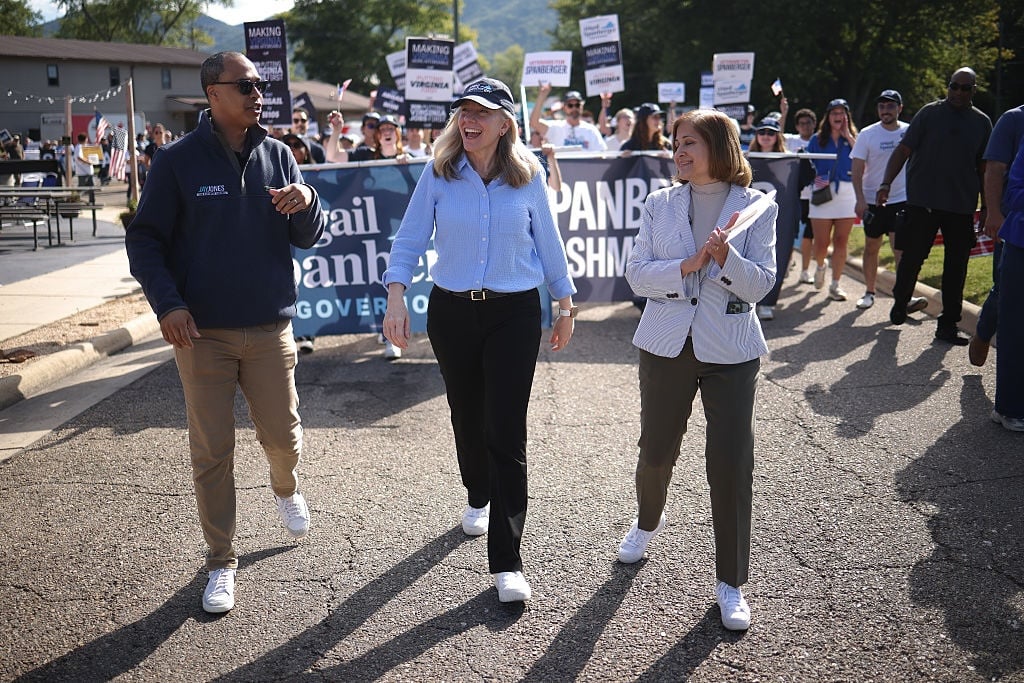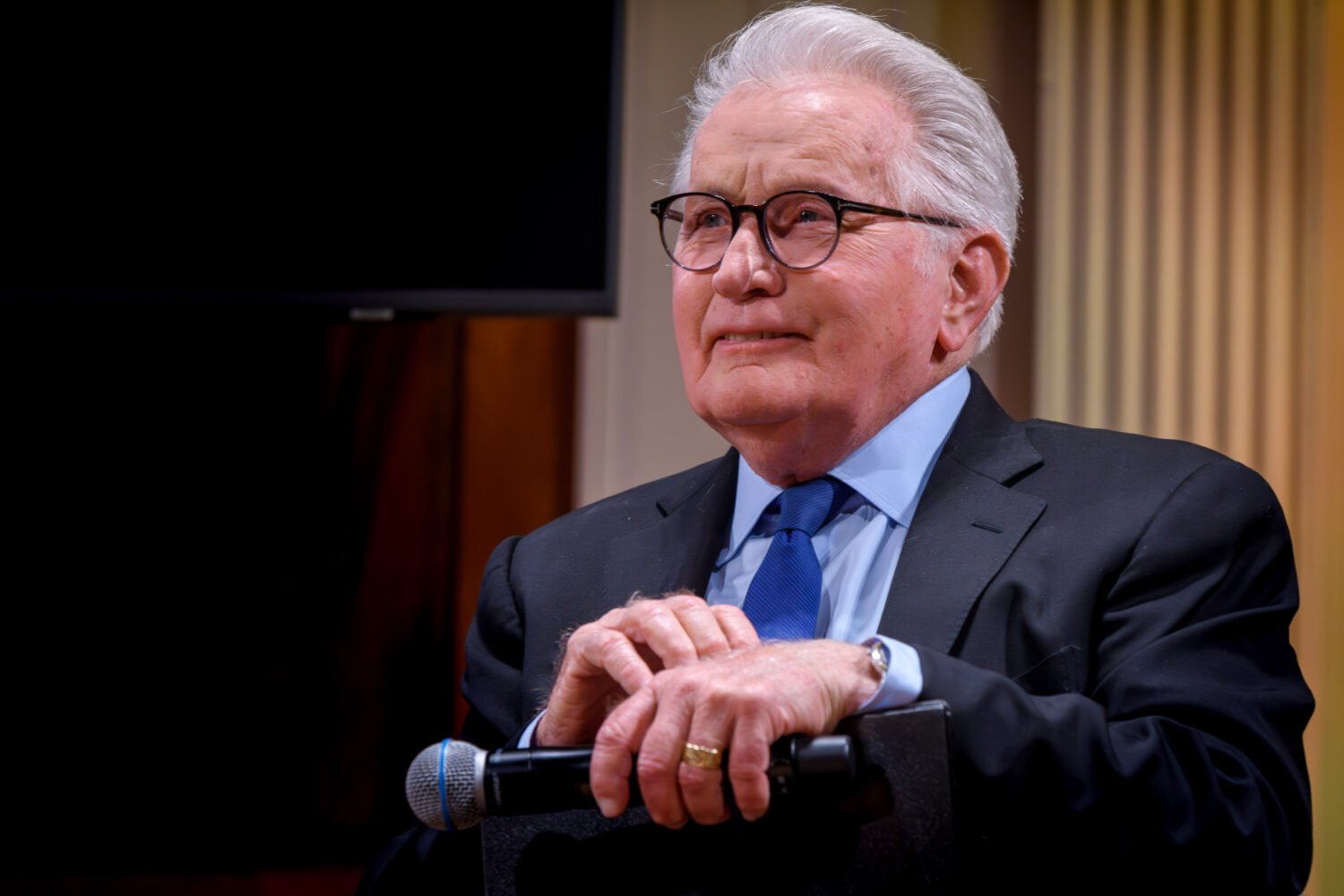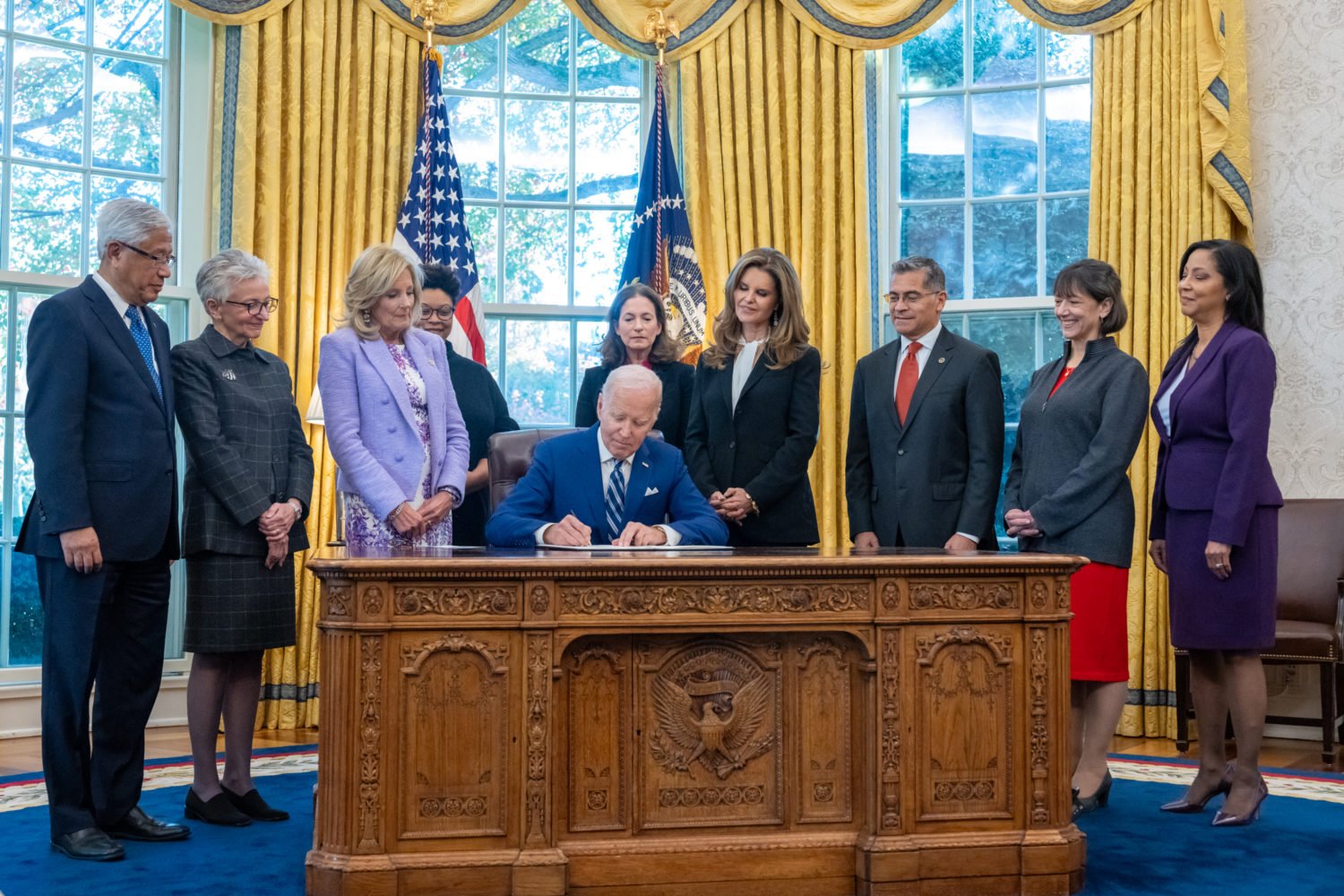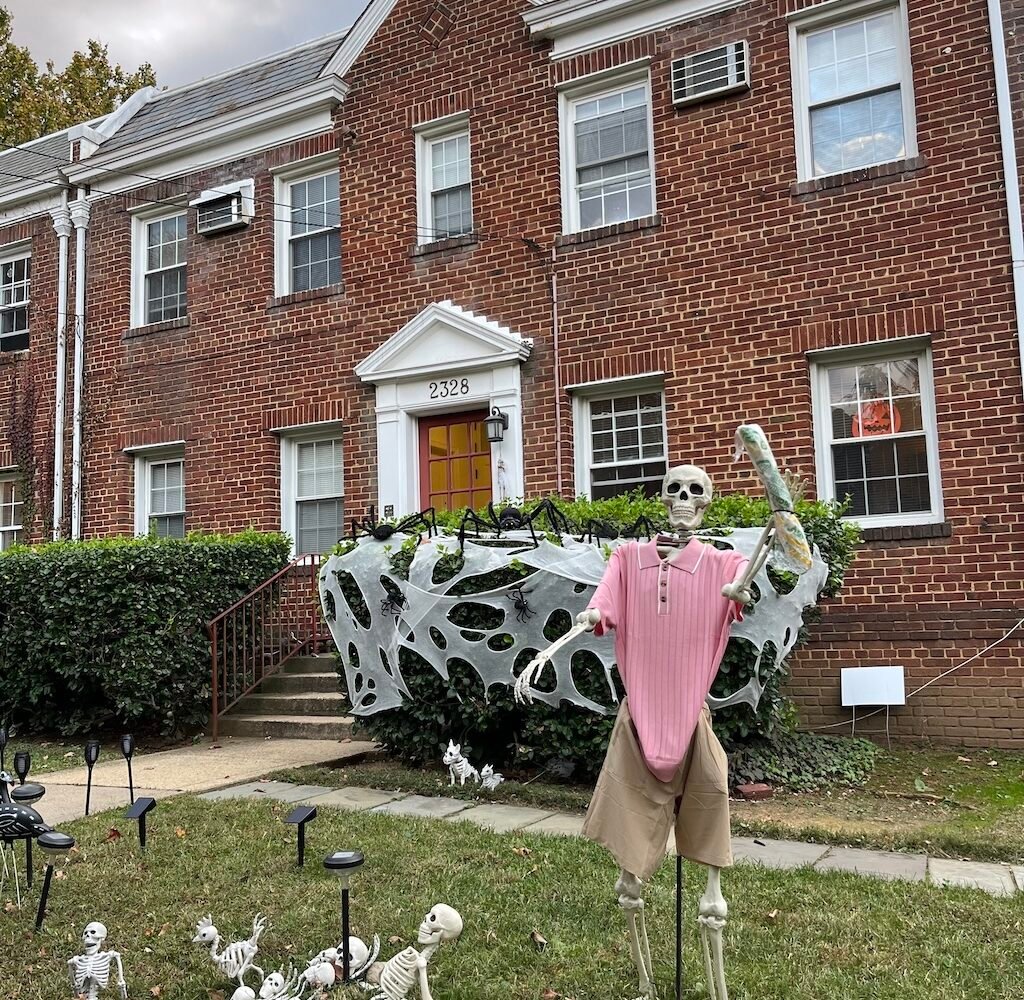When W. Mark Felt, the onetime number two at the FBI, unmasked himself as Deep Throat in May 2005, a few close observers weren’t surprised. They had suspected that Felt was Bob Woodward and Carl Bernstein’s fabled Watergate source: In 1974, just two months after All the President’s Men disclosed Deep Throat’s existence, Washingtonian editor Jack Limpert fingered Felt as the likeliest Deep Throat.
What remains a Watergate mystery is how the Nixon White House learned in October 1972 that Felt was the Washington Post’s source. Decades later, it’s apparent that the White House had a secret source of its own inside the Post, a person who might be dubbed Richard Nixon’s Deep Throat.
Nixon realized early on that someone in the FBI was leaking to the Post. In a conversation captured on the President’s voice-activated tape recorder on October 19, 1972, four months after the break-in, White House chief of staff H.R. “Bob” Haldeman told Nixon that the culprit had been identified. “It’s pretty high up,” Haldeman said. “Mark Felt.” After a flash of anger, Nixon asked Haldeman how he’d found out.
On the tape, which was sealed until November 1996, Haldeman says his intel came from John Dean, who had been told by a “guy at Justice,” who turns out to have been the late Henry Petersen, head of the Justice Department’s Criminal Division. In turn, Petersen’s source for Felt’s name was a lawyer privy to the Post’s inner workings, a “legal guy” who “knows where a reporter in the publication is getting his stuff.” The lawyer was leaking Felt’s name because he had “stronger ties” to the government than the newspaper, Haldeman said. Before working for the Post, the lawyer had worked at the Justice Department or the FBI.
The “legal guy” at the Post has never been identified, even by the parties who presumably would be most interested in knowing. “We never found out who might have been providing information from the Post,” Woodward wrote in The Secret Man, his book about Felt.
It was standard practice for the Post to turn to outside legal counsel when stories had to be vetted for legal reasons, so Nixon’s source was more likely on retainer to the newspaper than one of the in-house counsels, who weren’t privy to Watergate coverage. The outside counsel in 1972 was Williams, Connolly & Califano, a small firm whose partners were proud of having recently snagged the plum Post account.
A bevy of Williams, Connolly partners and associates worked on Post and Watergate-related legal issues during the summer and fall of 1972, including name partners Edward Bennett Williams and Joe Califano—as well as a young Gregory Craig, now President Obama’s counsel.
Among nearly a dozen of the firm’s attorneys involved, only one, Harold Ungar, had ever worked at Justice, and he had left the department in 1953. Ungar, who died in 1985, wasn’t involved in vetting Post stories—though it can’t be ruled out that he might have learned something via Williams, a close friend of Ben Bradlee’s, the sole Post editor who knew details about Deep Throat. The word about Felt reached the Nixon White House just nine days after Woodward first disclosed to Bradlee Deep Throat’s “job, experience, access, and expertise,” as Bradlee put it—everything except his name.
Around Labor Day, the newspaper recused Williams, Connolly from Watergate amid concerns about a possible conflict of interest because the firm also represented the Democratic National Committee in its lawsuit against the Committee to Re-elect the President.
Instead the paper turned to Edward L. Smith, the in-house attorney at the Washington Post Company’s sister publication, Newsweek magazine. A former Associated Press reporter, Smith had served as an assistant US Attorney for the Southern District of New York’s Civil Division, making him both a “legal guy” and a former Justice Department official. He would appear to fit Haldeman’s description closely.
Smith, now a partner with the New York firm Rockett & Smith, worked mainly out of Newsweek’s Manhattan office. The Post brought him to Washington to lunch with Bradlee and managing editor Howard Simons, and Smith spent several days going through Post clippings; he also met Woodward and Bernstein.
Despite his involvement when the paper’s reliance on Deep Throat was at its peak, Smith says he wasn’t inside enough to know that Felt was the duo’s secret source, and he denies that he was the “legal guy” who disclosed to Petersen that Felt was the Post’ssource. “I wouldn’t even speculate as to who it might have been,” Smith says today. “But it ain’t me, buddy.”
If the story of the Post’s leaker seems apocryphal, it has to be remembered that not one but two lawyers leaked essentially the same information to the White House. The very month that Nixon learned about Felt’s role in the Post’s coverage, Roswell Gilpatric, a lawyer with Cravath, Swaine & Moore, disclosed to former attorney general John Mitchell, an acquaintance, that Felt was leaking to Time magazine, a Cravath client.
The mystery of who Nixon’s Deep Throat was may never be resolved, but it brings to mind one of Benjamin Franklin’s aphorisms: Three may keep a secret, if two of them are dead.
This article first appeared in the November 2009 issue of The Washingtonian. For more articles from that issue, click here.
An extended version of this article appears on the author’s Web site, washingtondecoded.com.
More>> Capital Comment Blog | News & Politics | Party Photos


















